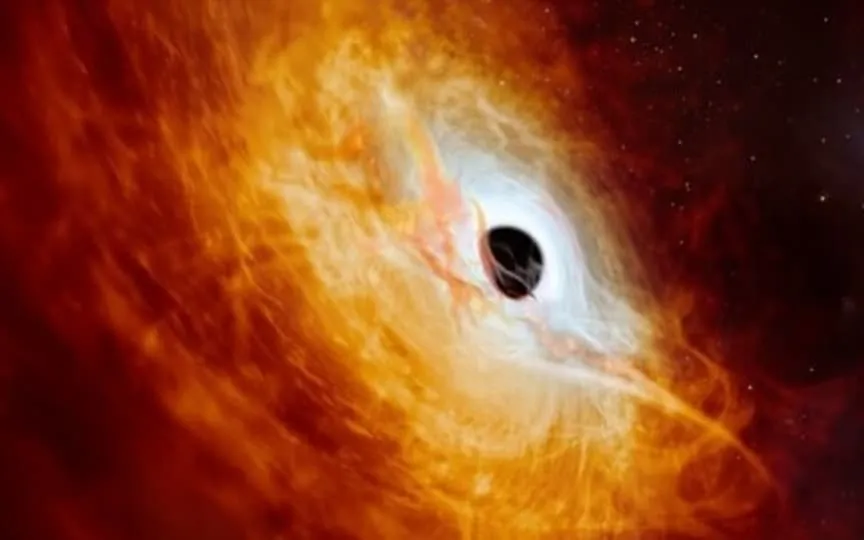Experts say they have discovered the brightest object in the Universe, which is “500 trillion times more luminous than the Sun”
For years, astronomers and researchers have been using sophisticated telescopes and equipment worldwide to study the Universe. Recently, using the European Southern Observatory’s (ESO) Very Large Telescope (VLT), astronomers have discovered the brightest object in the Universe – a quasar. This quasar is believed to be the most luminous object ever found in deep space, powered by the fastest-growing black hole known to date. Learn more about this remarkable discovery of the brightest object in the Universe.
The brightest object ever discovered in the universe
According to a study published in the journal Nature Astronomy, ESO’s Very Large Telescope (VLT) discovered the brightest quasar, said to be 500 trillion times brighter than our Sun. Named J0529-4351, the quasar was spotted by researchers at the Australian National University, who also claim that the quasar is powered by a rapidly expanding black hole. It took more than 12 billion years for the light from the celestial body to reach the earth. ANU Associate Professor Christian Wolf and lead author of the study said: “We have discovered the fastest growing black hole known to date. It has a mass of 17 billion solar masses and eats up just over the Sun per day. This makes it the most luminous object in the known universe.”
According to the report, the quasar’s bright light is said to have originated from an accretion disk seven light years in diameter. This massive disk attracts material from a vast area across space and orbits the black hole. When these materials come into contact with each other, they create an enormous amount of light and heat. Wolf added: “It looks like a giant magnetic storm cell with a temperature of 10,000 degrees Celsius, lightning everywhere and winds blowing so fast they would circle the Earth in a second.”
Experts in the study said they were surprised that the object remained hidden even when it was in plain sight. Already in 1980, the ESO Schmidt Southern Sky Survey also located this object, but it was not a quasar at that time. Finding such quasars requires accurate observational data and machine learning models to study and analyze their properties.




